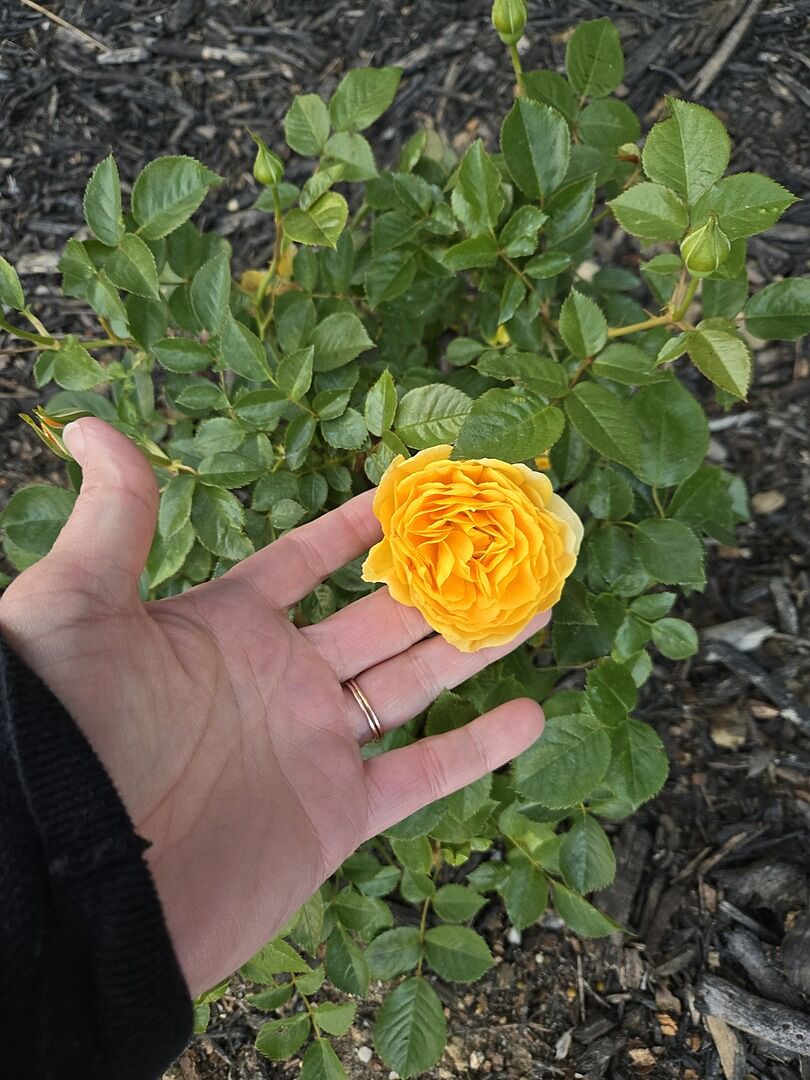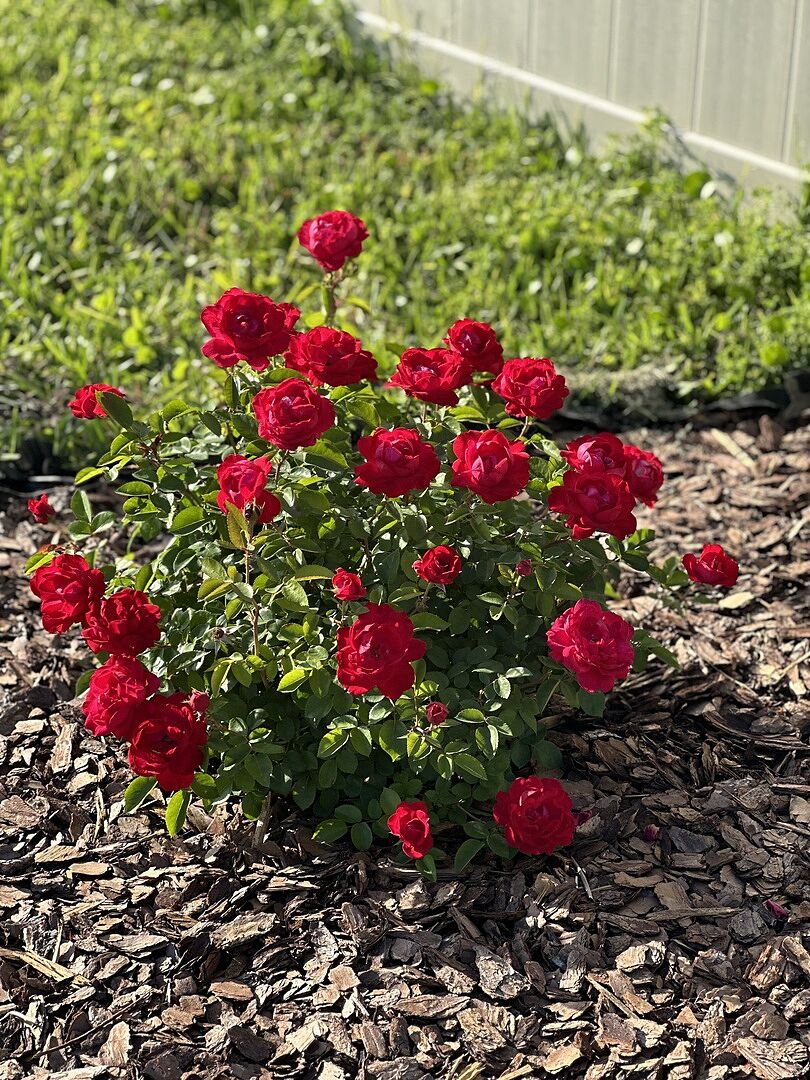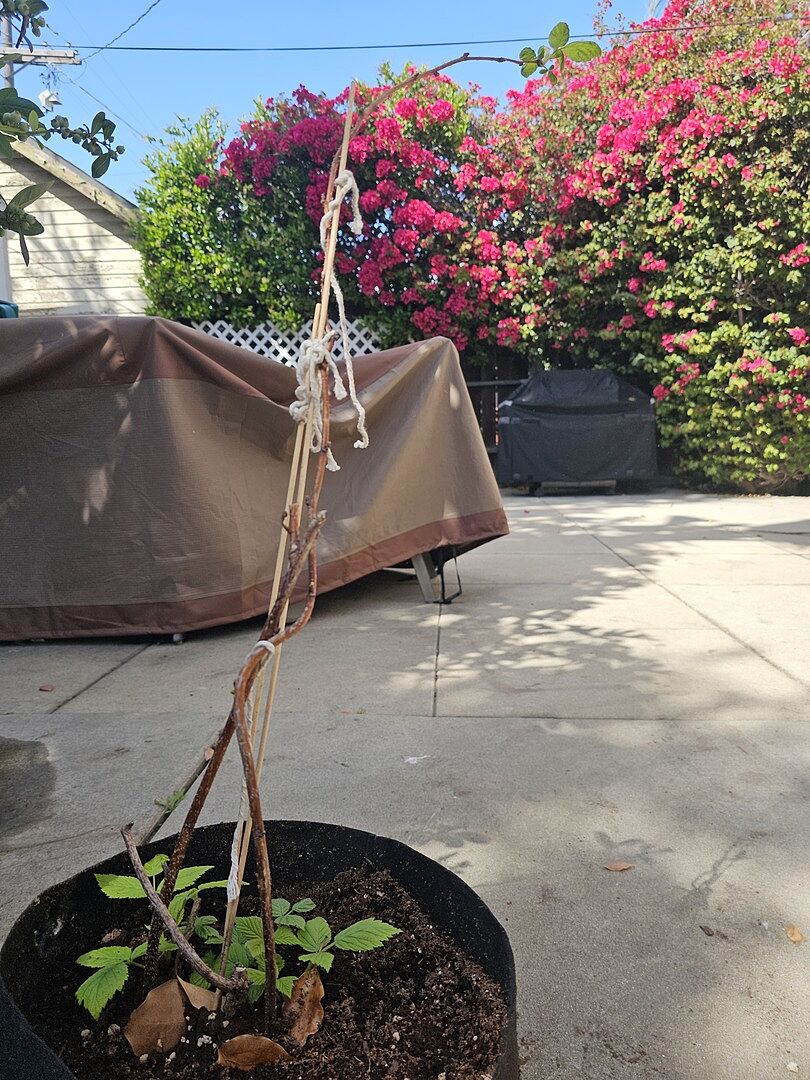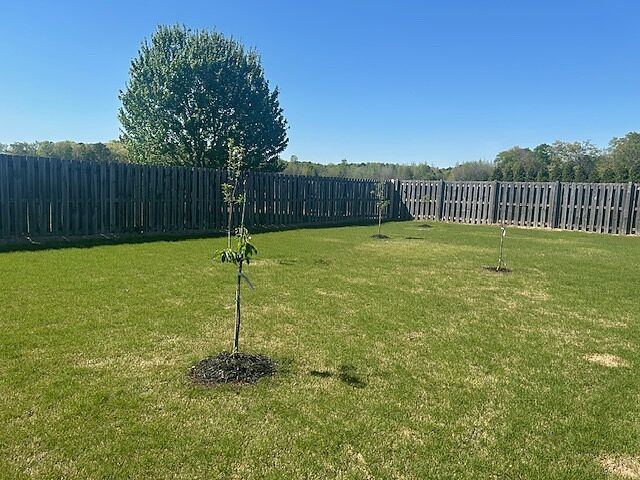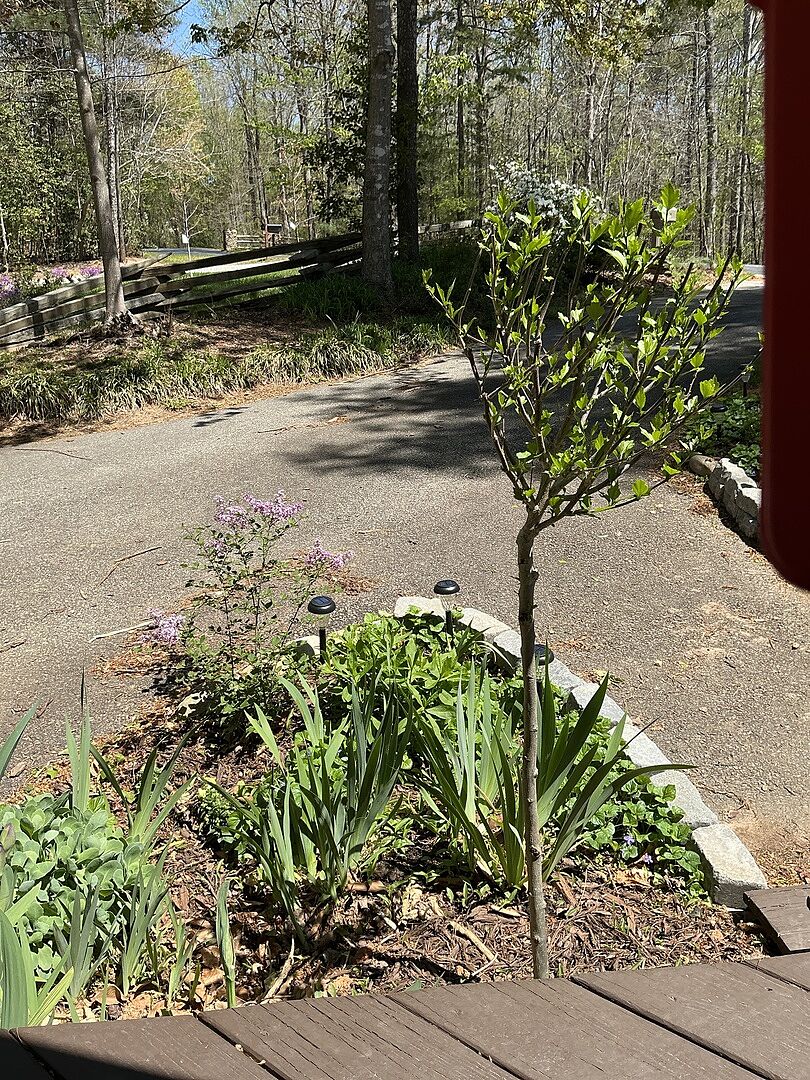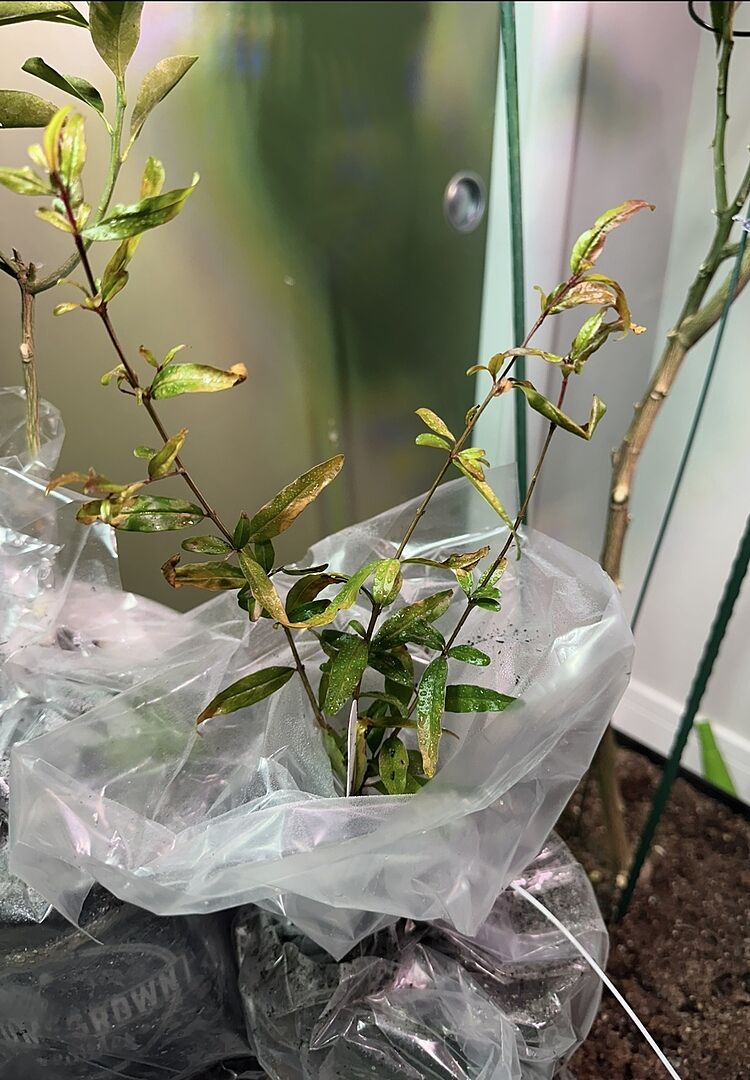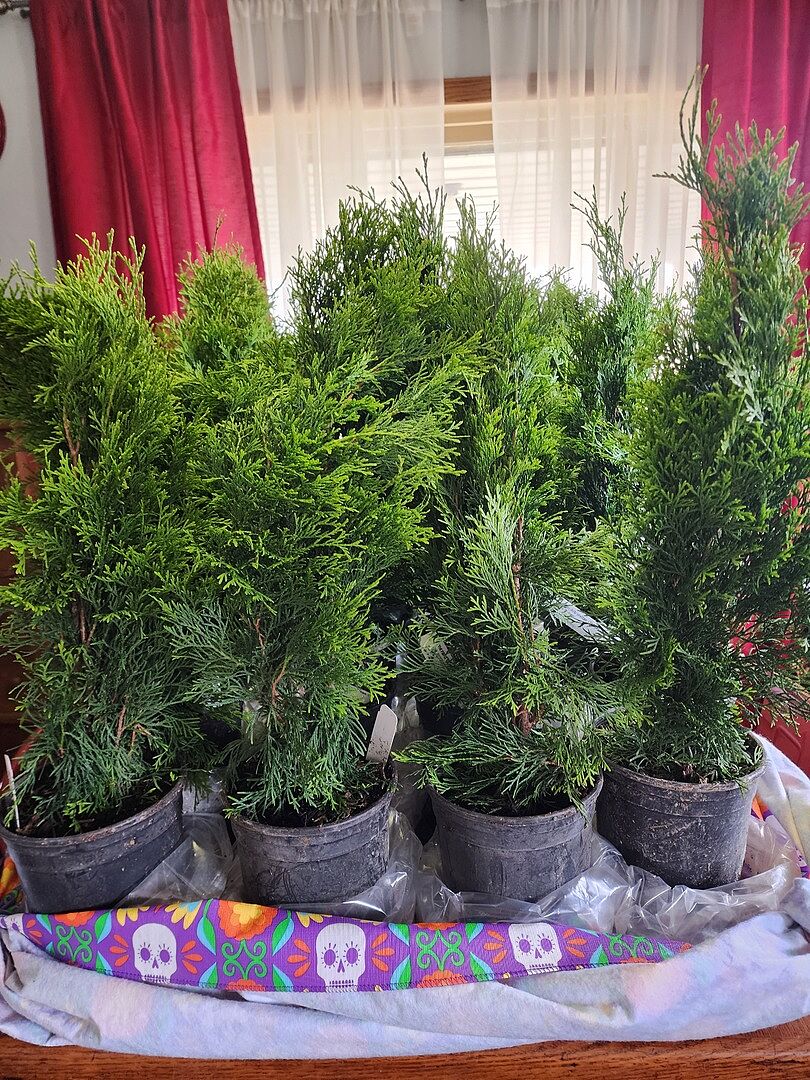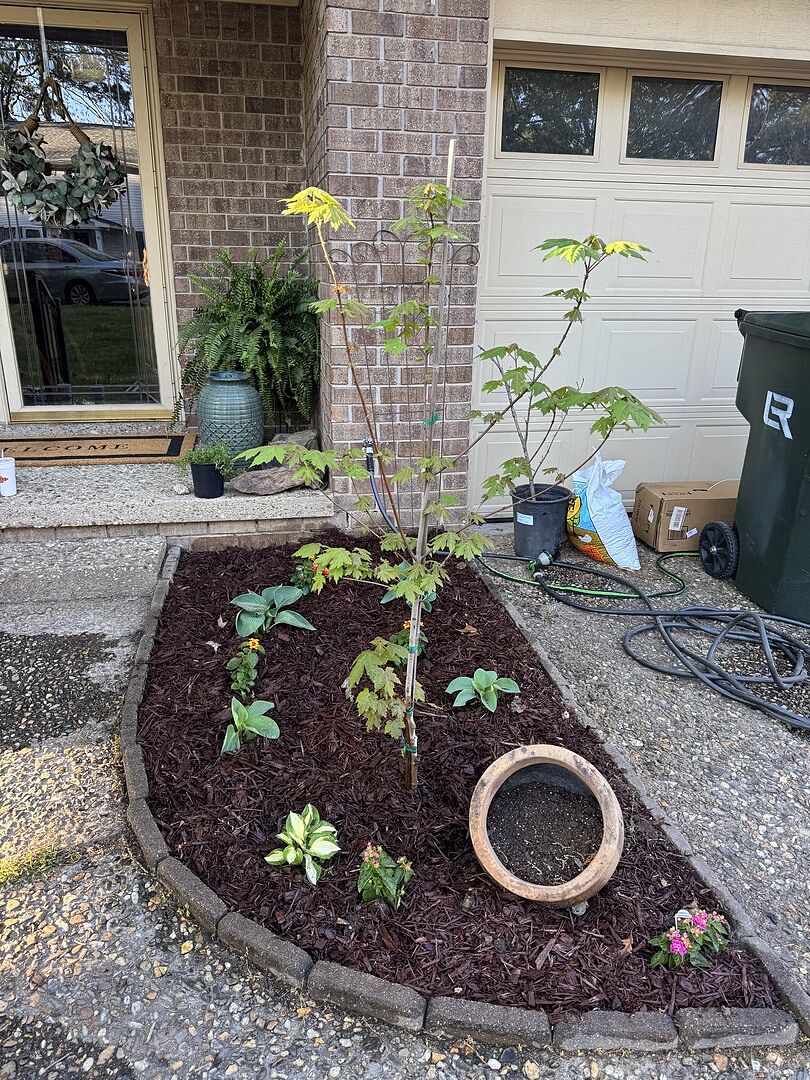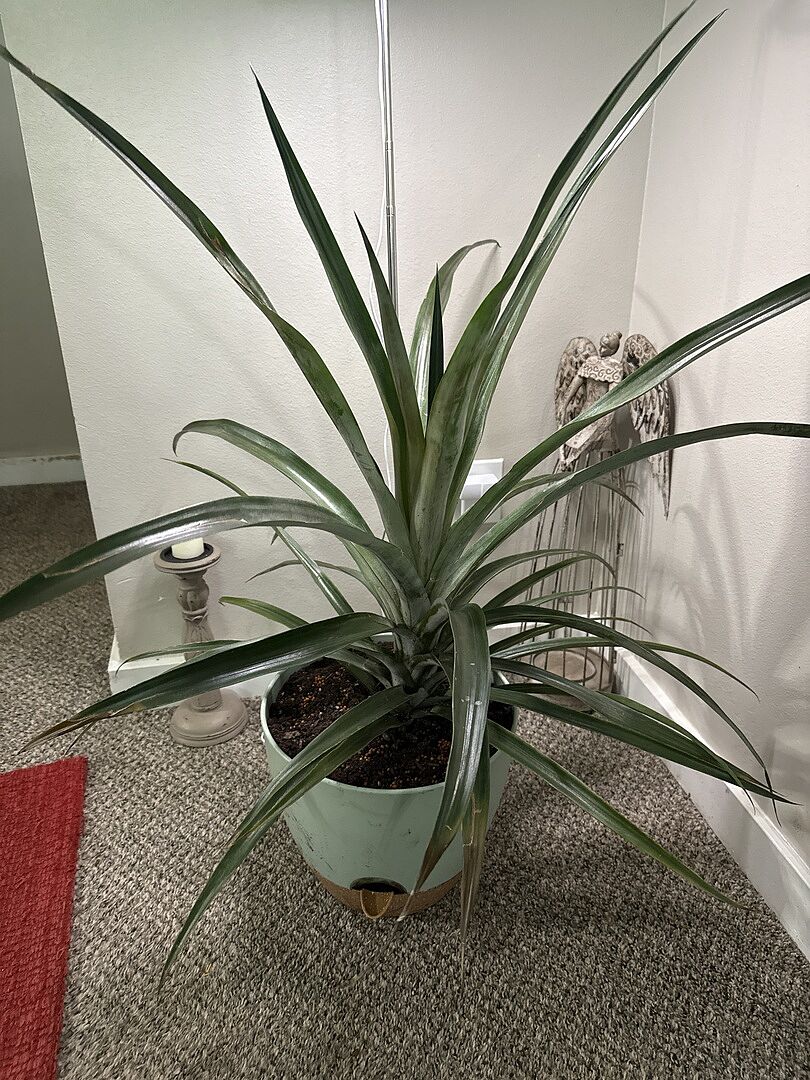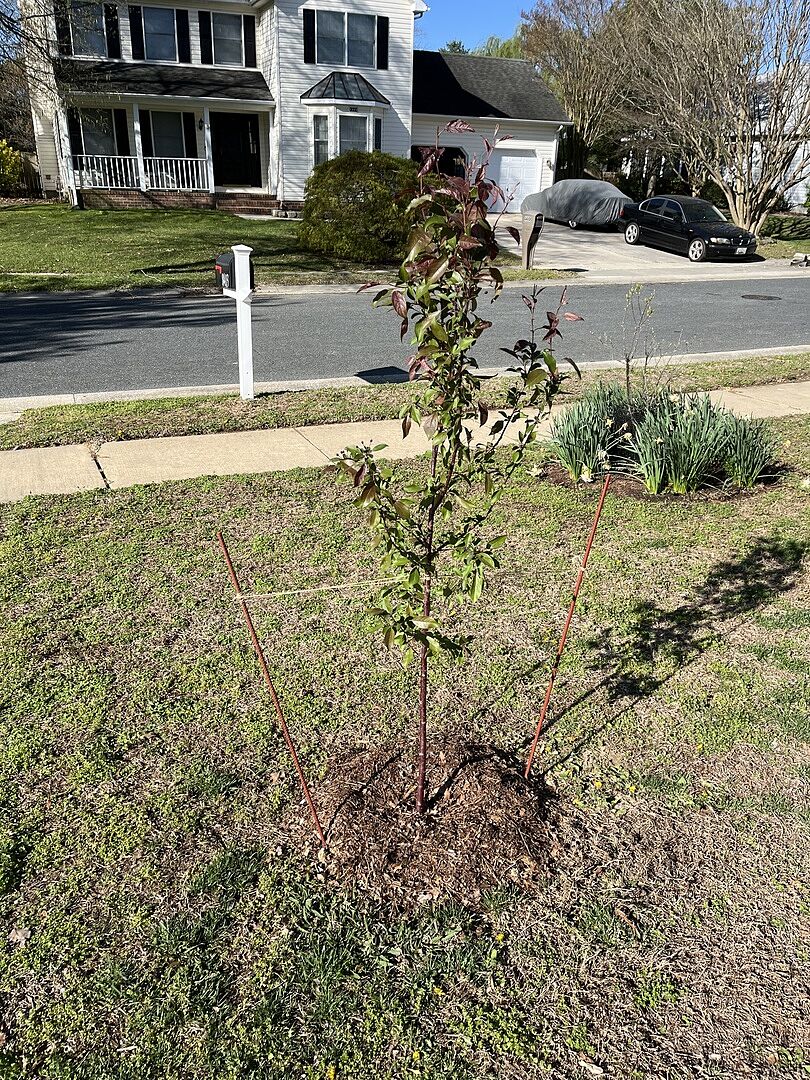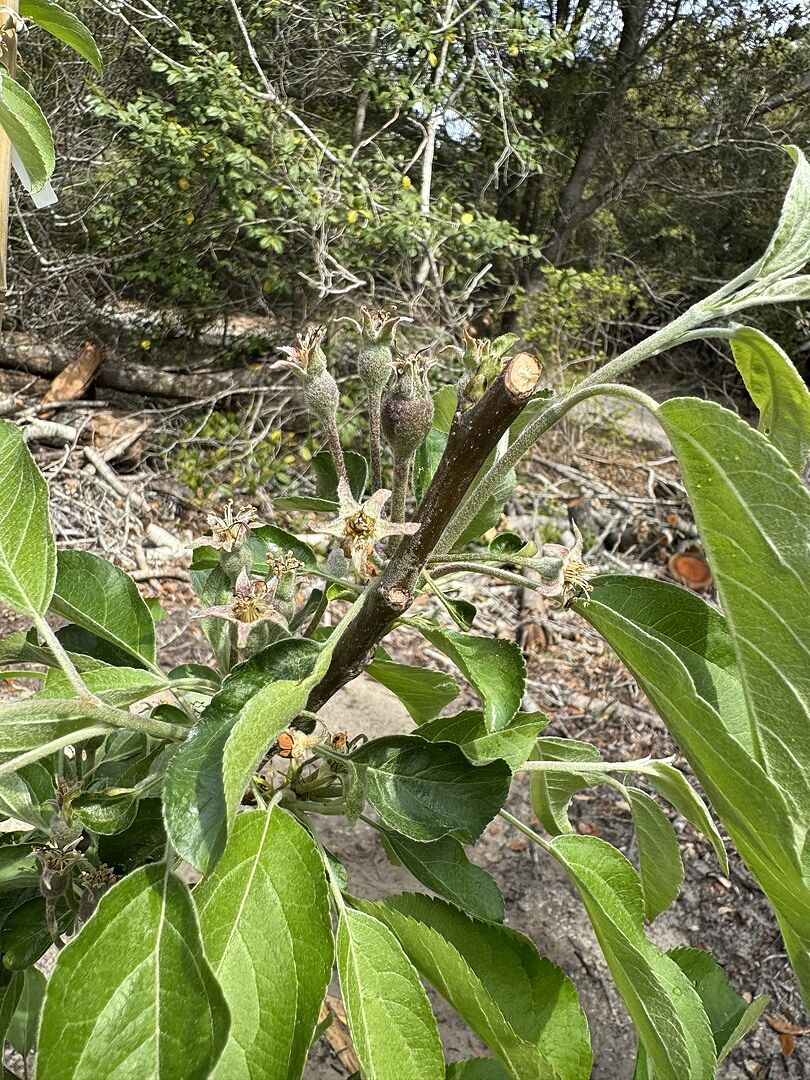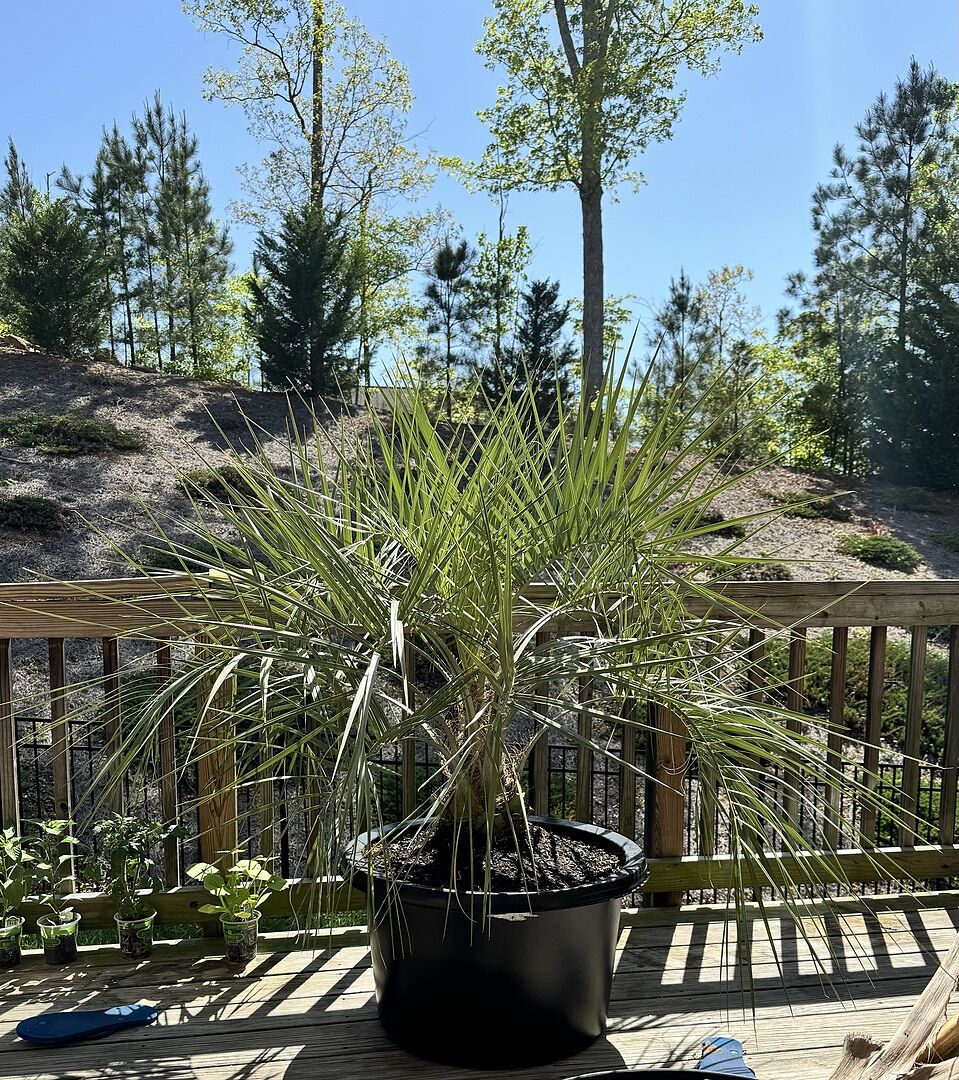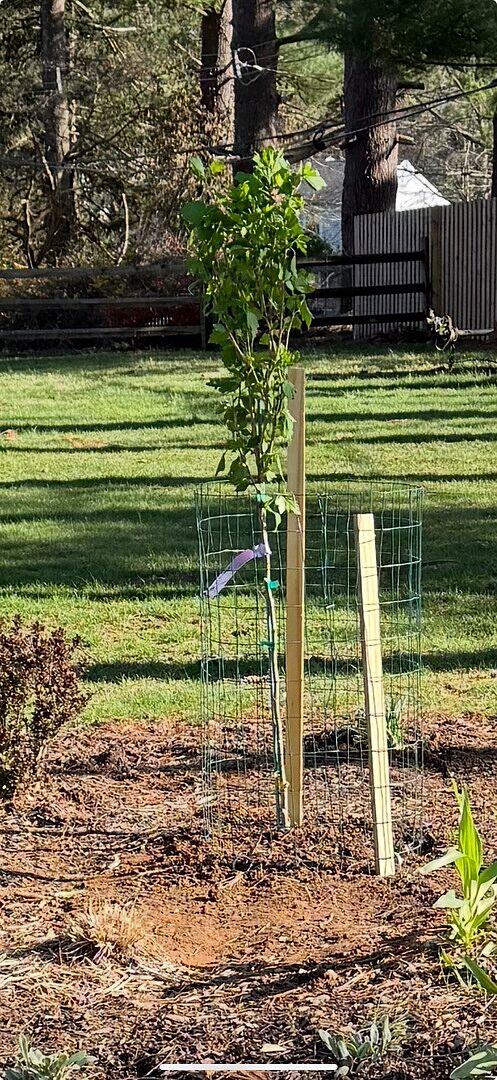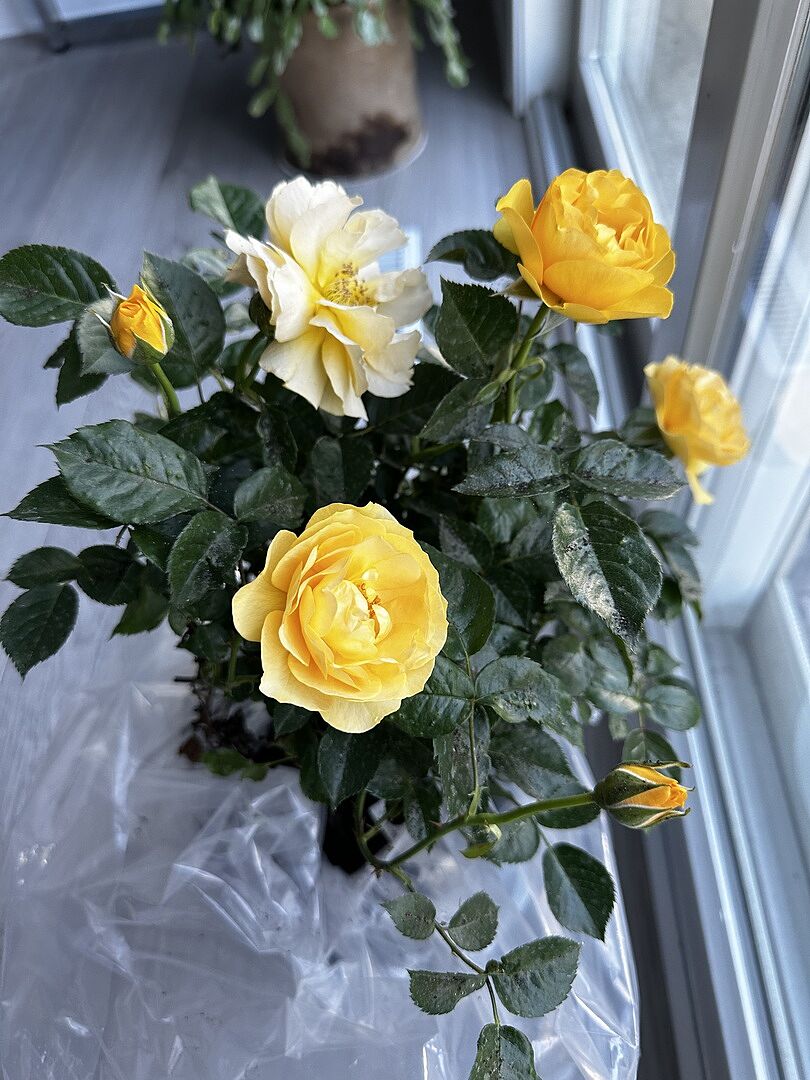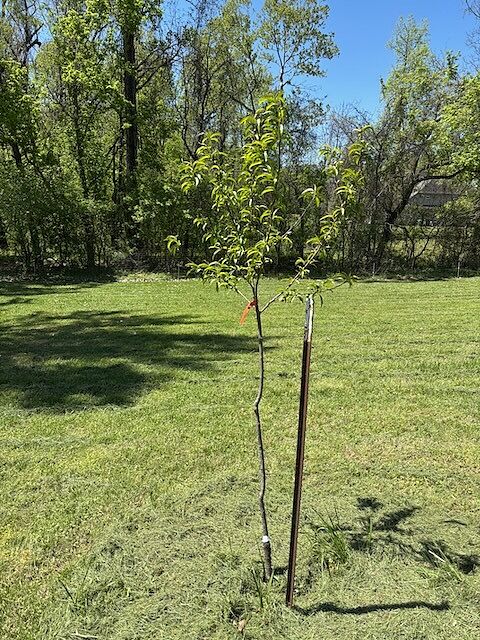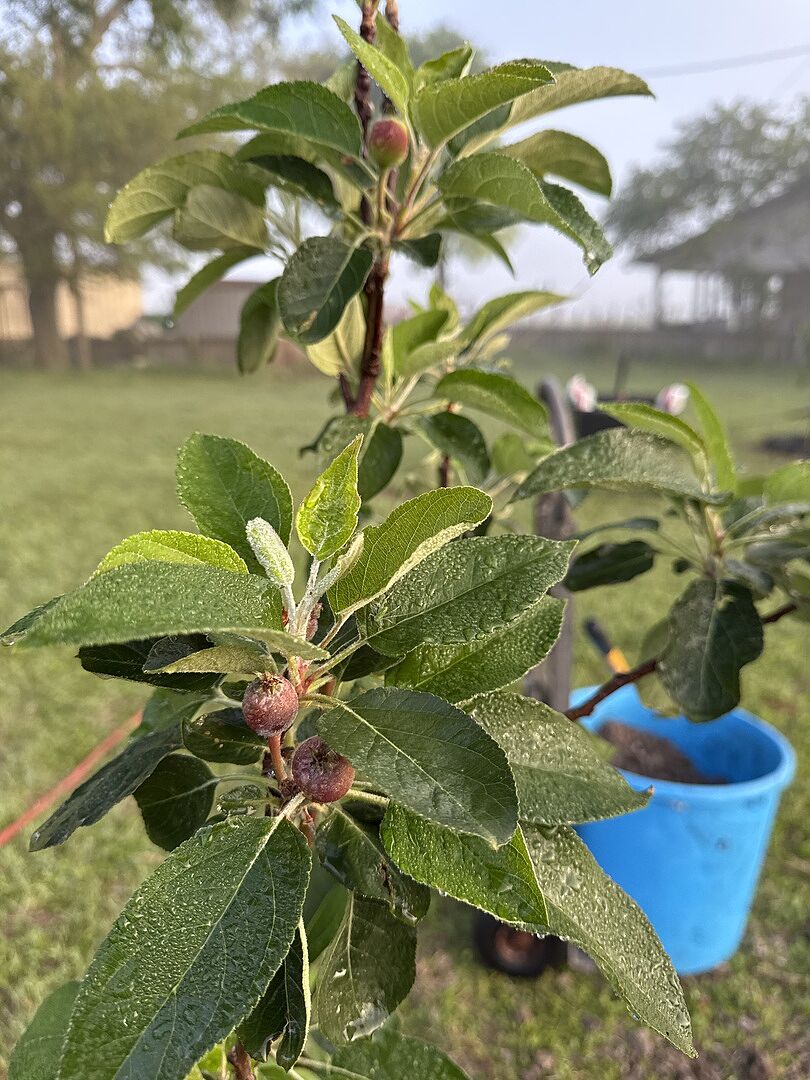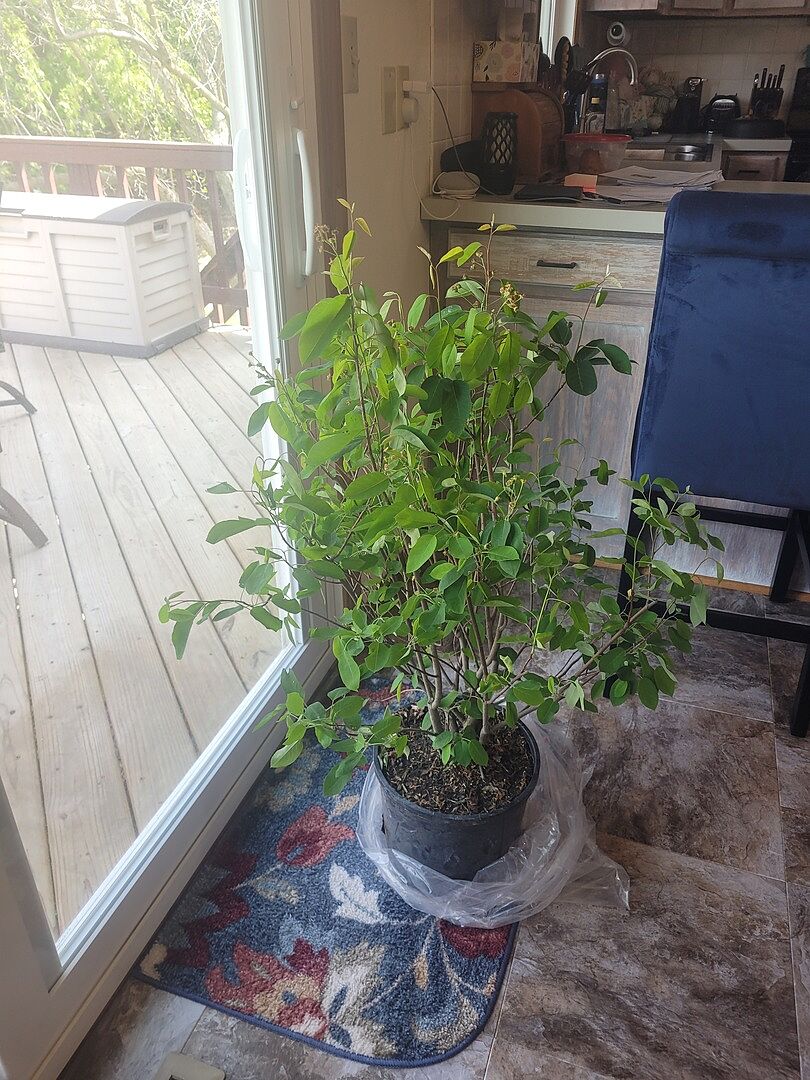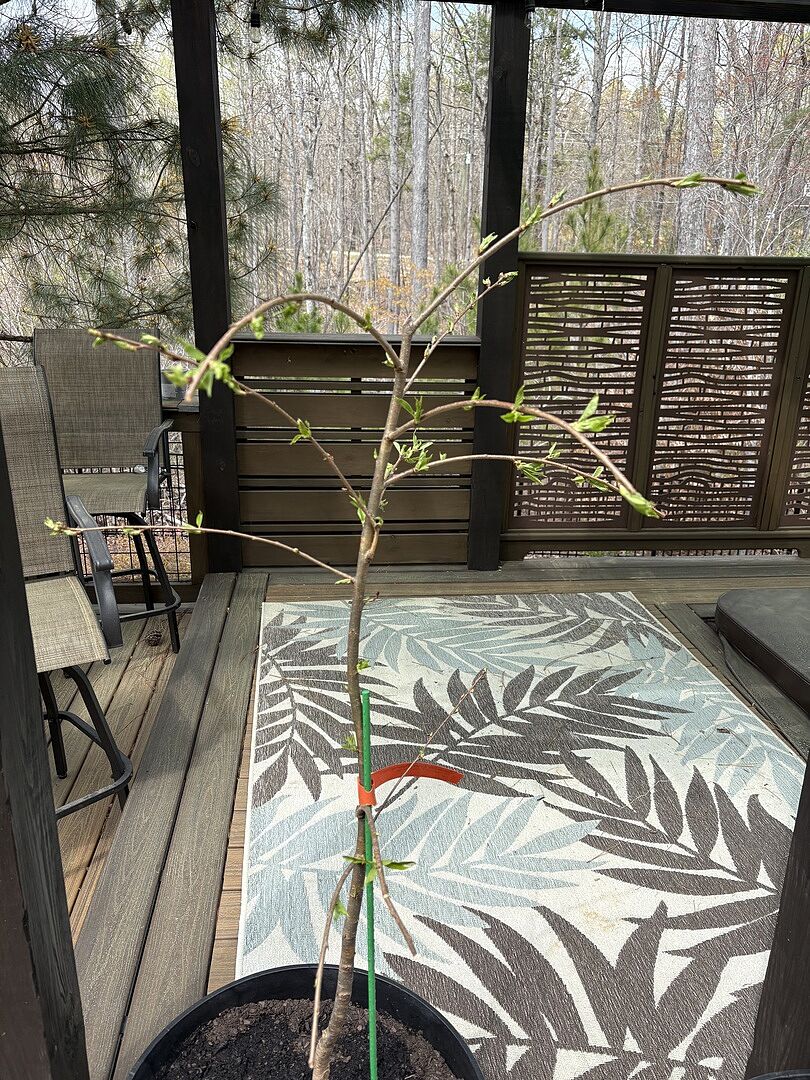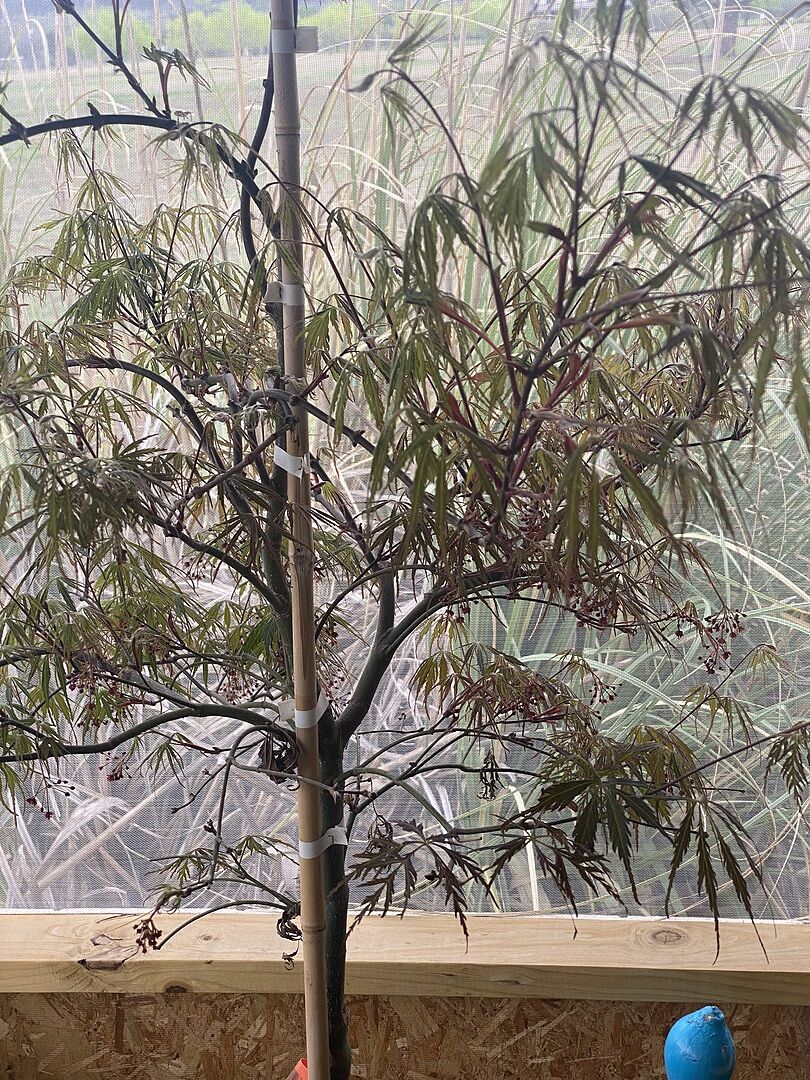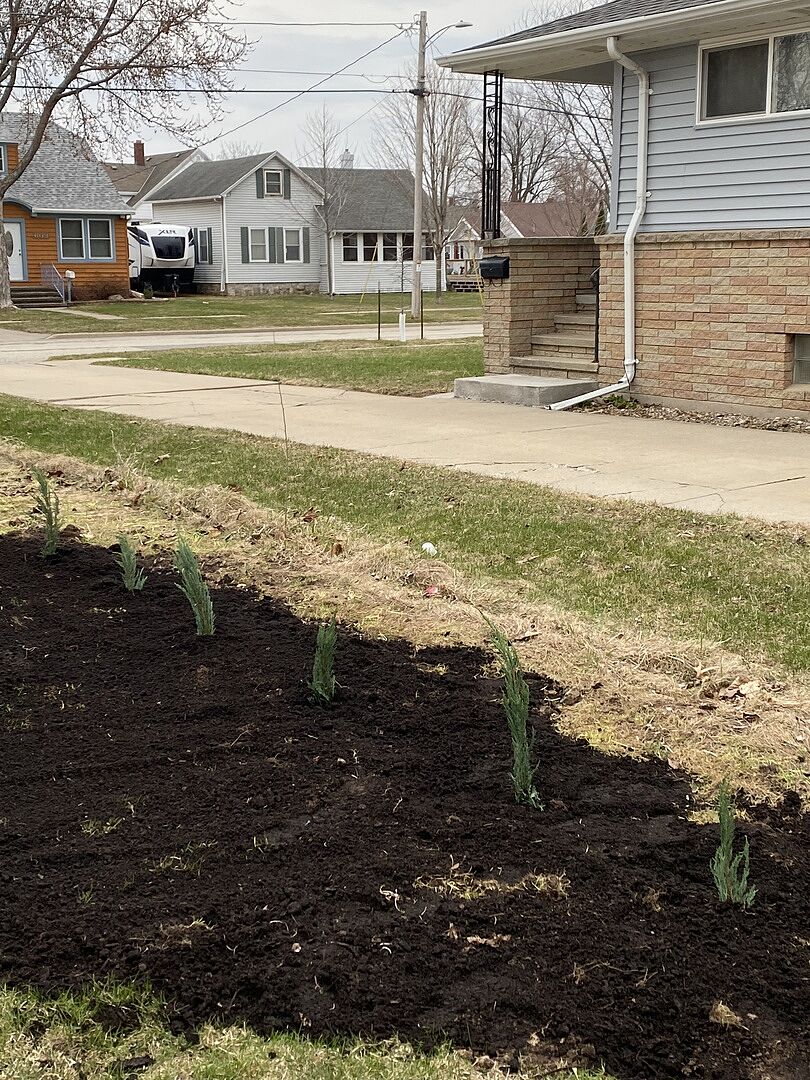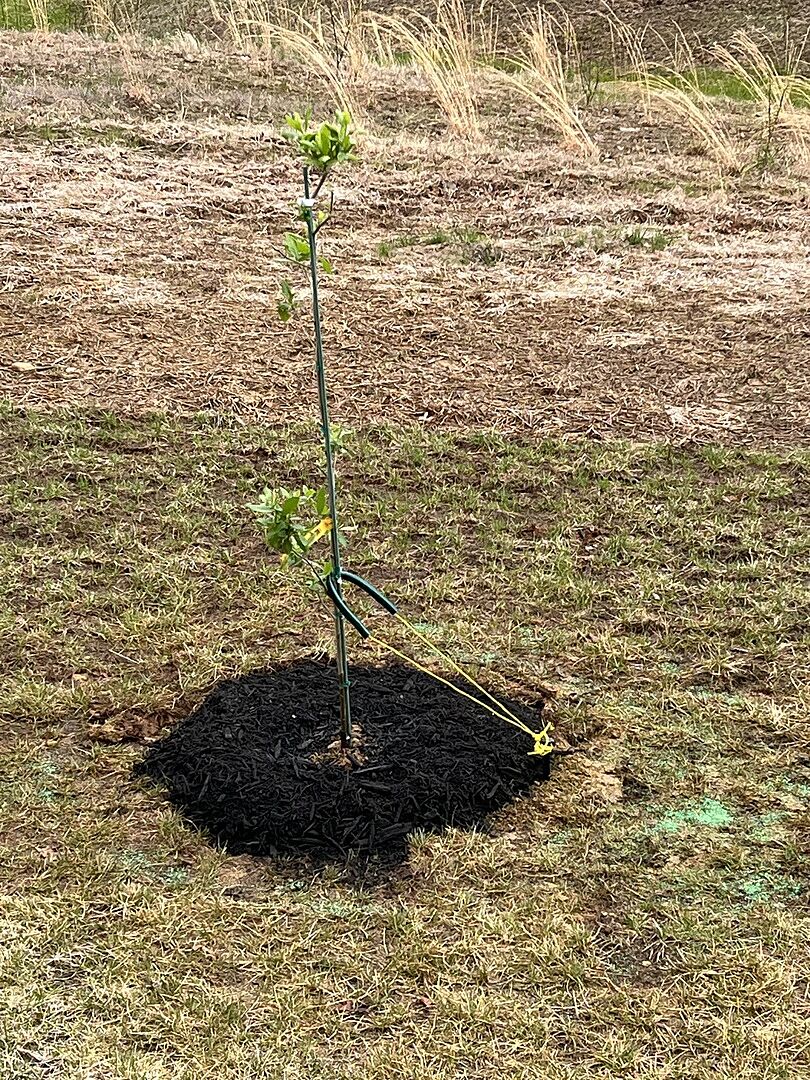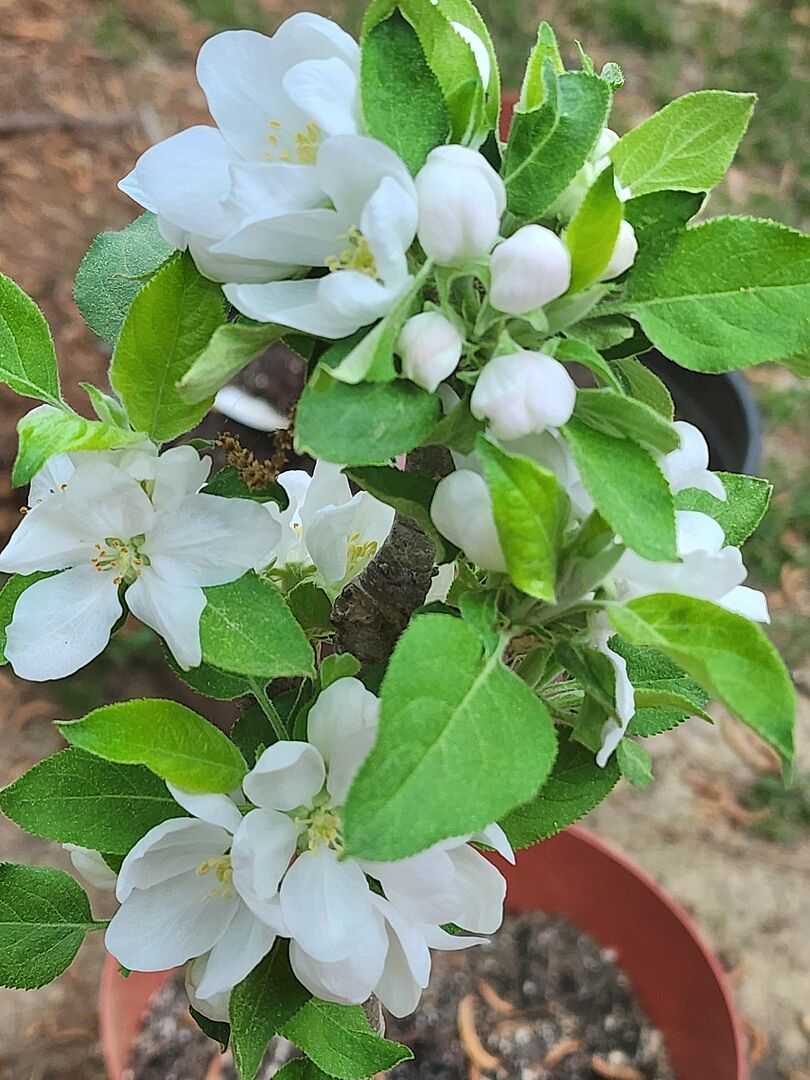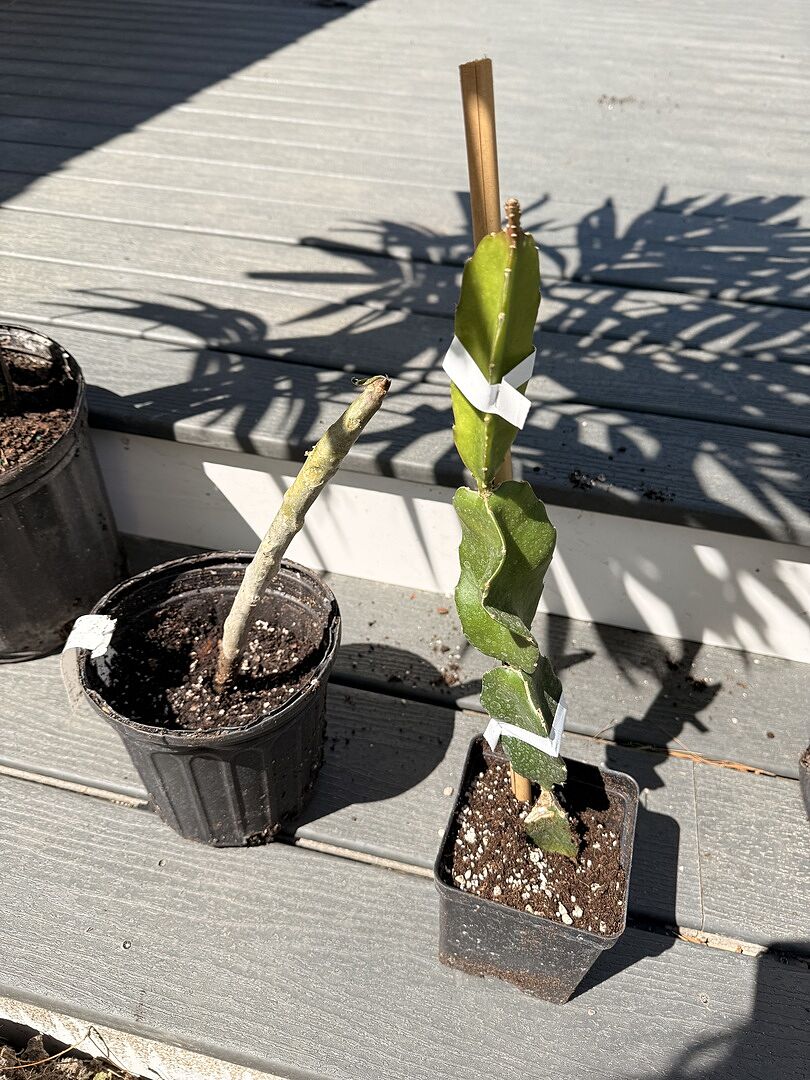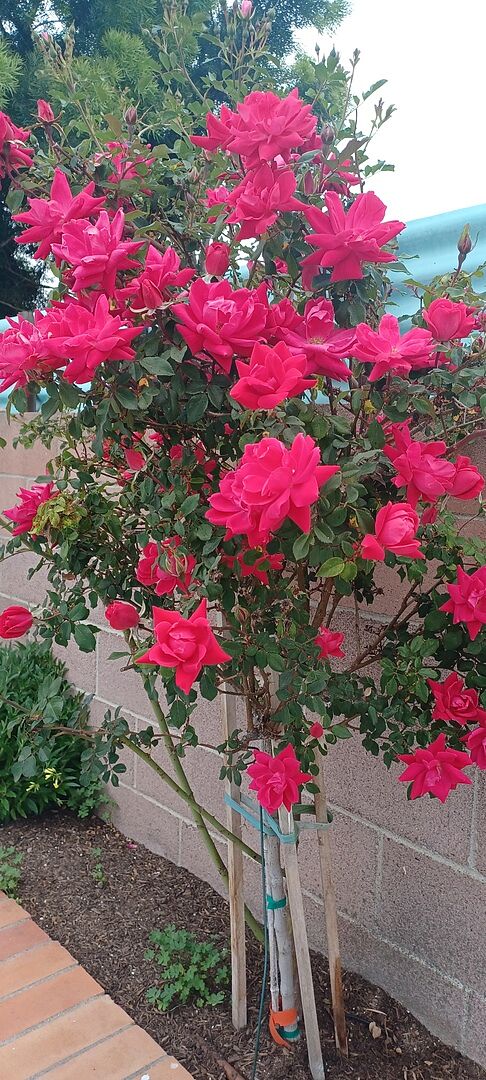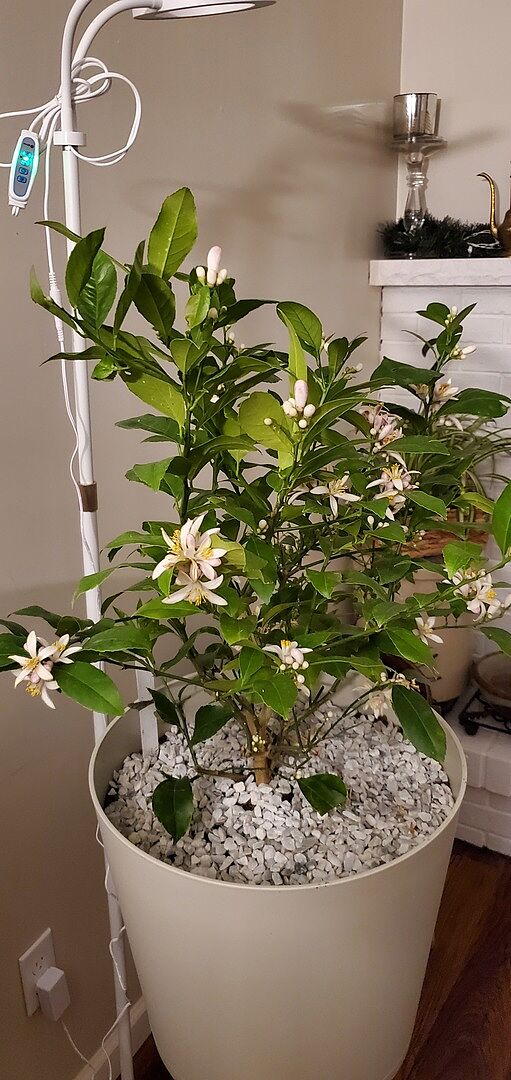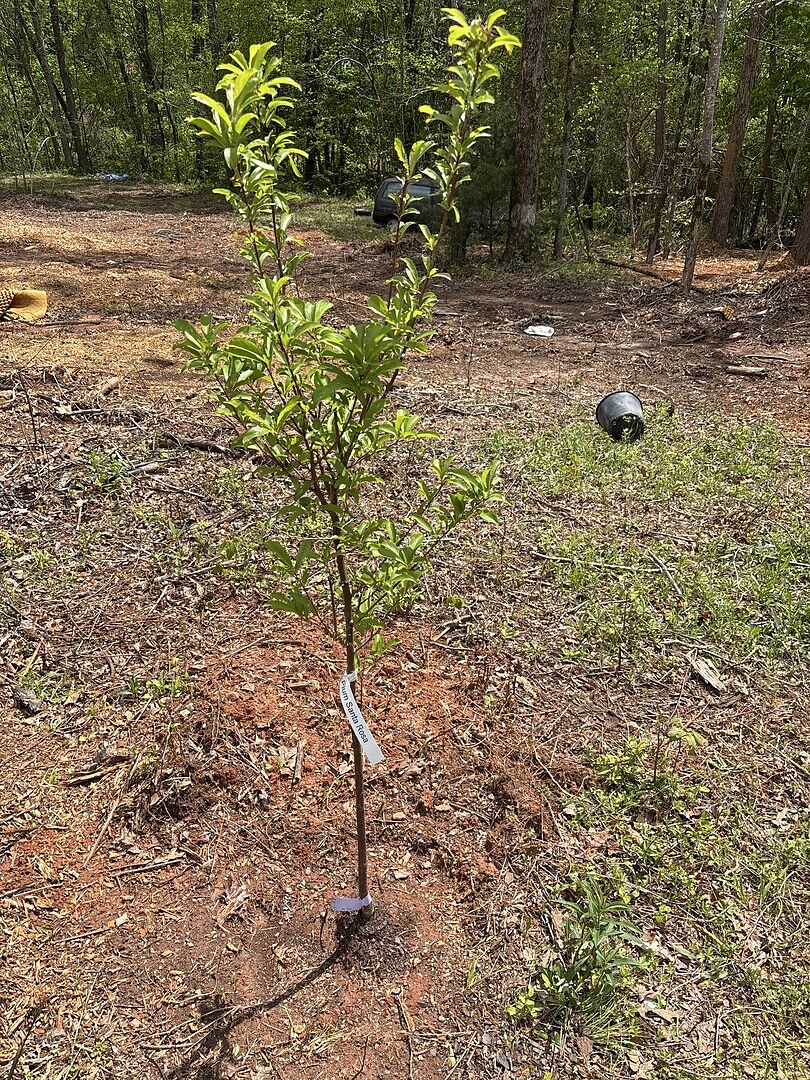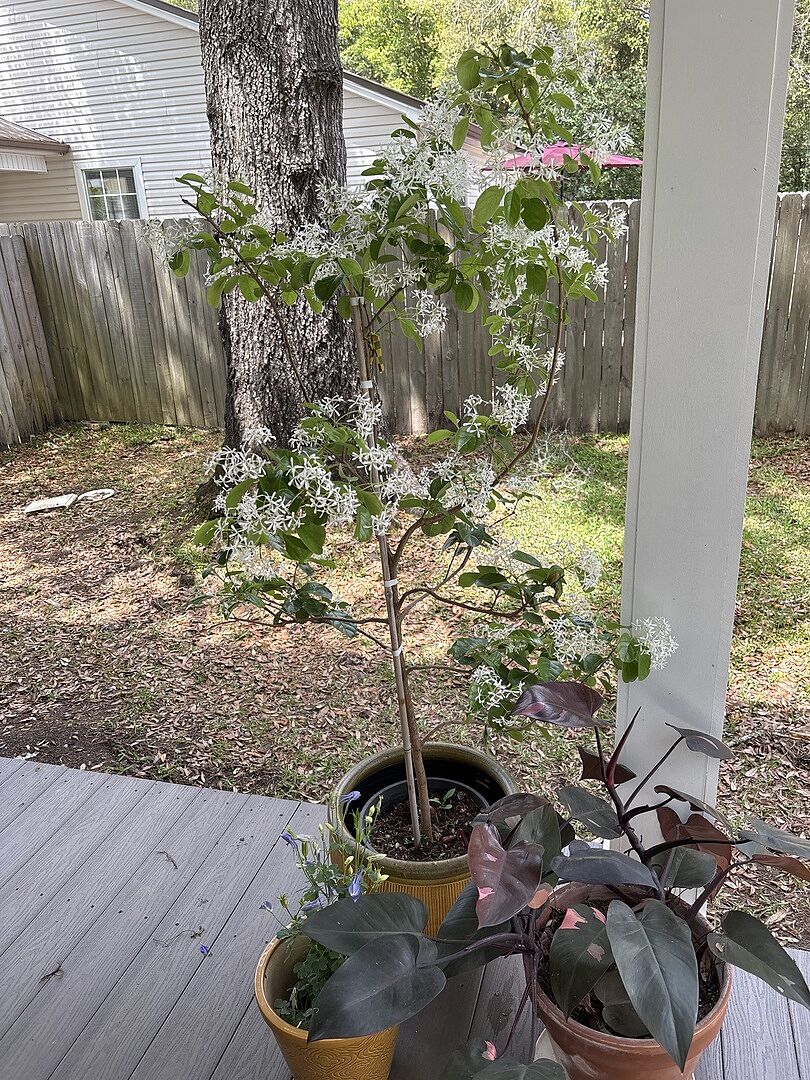Ask a Master Gardener: Conifers for Winter Interest
Last updated: Dec 08 2021

December brings so many visions — candy canes, mistletoe, reindeer, and you guessed it, conifers! A conifer is defined as a group of cone-bearing seed plants with needle-like leaves that are typically evergreen. Conifers contribute to the world’s softwood timber and about 45% of the world’s lumber production. They also provide resins and turpentine. But beyond those bits of trivia, they’re beautiful in the garden.
Conifers provide interest in the winter when everything seems to be brown. They make stunning screens for privacy and cast shadows where one needs shade. Coming in many sizes, any garden can appreciate a conifer. Let’s look at a few that might be of interest to a gardener.

Beginning with large conifers, the Eastern White Pine (shown above) is a majestic tree. It’s fast growing, adding up to 24 inches a year if happy in its location. It can grow to over 200 feet, supplying shade and privacy. Make sure it’s planted at least 20 feet from the house so that the roots don’t interfere with the house foundation. If planting this pine, do know that the needles shed and the tree drops sap.
Add another color to your yard with a Colorado Blue Spruce (shown below). This tree maintains its conical shape and is a magnificent sight of silver blue-green. Growing to 50-75 feet high with a 20 foot spread, it can be used as a specimen or as a grouping if you have room. There are so many things to admire about this conifer, but I love the fact that it’s deer resistant. Dressed in tiny white lights in December, it also makes a beautiful Christmas decoration!

The Norway Spruce is another excellent Spruce variety. Growing to about 50 feet high, it'll provide deep green color for year-round interest and make an eye-catching landscape statement. It's even believed to be the most cold-hardy Spruce out there, thriving in Zones 2-7! Plus, it's drought tolerant and highly disease resistant.
Another of my favorites is the Cryptomeria japonica, common name being the Japanese Cedar. It’s one of the most variable conifers and ranges from the very dwarf rounded shrubs, to forest trees. The Yoshino Japanese Cedar (shown below), in particular, can grow 30-40 feet tall and 20-30 feet wide and has a graceful habit with a pyramidal shape. A perfect tree for screening, it’s relatively disease-free.

One of the most beautiful Cryptomeria (in my opinion) is the Black Dragon. The dark evergreen foliage and naturally layered branches of the Black Dragon create an appealing, Zen style garden, and it pairs particularly well with Japanese Maples. Its foliage is such a dark green that it almost appears black, and its mature height is 6-8 feet, creating an attractive and unique display.
As yards have become smaller over the years, the interest in dwarf conifers has grown. Many of these “dwarf” plants are actually just slow growing varieties. In 20 to 30 years they may get large, but at my age, I’m not too worried about that! Below are a few compact Conifers that I would recommend.
If you need a low-growing, groundcover conifer, consider the Blue Rug Juniper (Zones 4-9; shown above), which is great for slopes. If you need texture, the Hindi False Cypress (Zones 5-8) is an excellent choice. If you’re wanting to feed the deer, plant a few Arborvitae (Zones 3-7).
The Dwarf Mugo Pine (Zones 2-8; shown below), Oriental Spruce (Zones 4-7), and Dwarf Bald Cypress (Zones 4-8) are all small scale plants to consider, as well. If you need color in your yard, the Sawara Cypress (Zones 4-8) dwarf varieties can be found in green, blue, yellow, white and variegated.

I have just touched on a few of the available conifers out there. We could go on for pages, but you get the idea - conifers are a solid landscape choice, and every yard should have at least one but preferably several!
And as a quick seasonal tip, as you rake your leaves this time of year, don’t forget that they make great mulch and even better compost. Happy Holidays, and I hope everyone gets a plant and new garden gloves for Christmas!
Read the rest of our Ask a Master Gardener Series:
- Ask a Master Gardener: The Most Important Thing in the Garden
- Ask a Master Gardener: Summer Planning for Fall Planting
- Ask a Master Gardener: Choosing the Right Plants
- Ask a Master Gardener: Fall Garden Tips
Written by
Phyllis Ferguson
Phyllis is a Master Gardener growing in Zone 7 in Charlotte, North Carolina. She loves working in her landscape with flowering shrubs and perennials, planting around ponds and water features, and taking care of her dogs and her backyard chickens.
A longtime Master Gardener educator in North Carolina, Phyllis is sharing her best tips for plant selection, gardening, landscape care and more with FastGrowingTrees.com.





































































































































